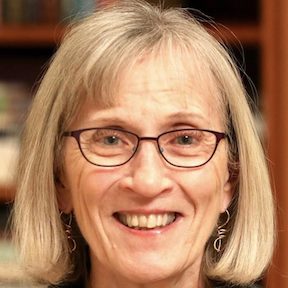After the Pandemic Struck, College-Educated Women Stayed in the Labor Force
Posted on May 25, 2022 | Comments 0
 New research authored by Claudia Goldin, the Henry Lee Professor of Economics at Havard University, finds that predictions about a COVID-era exodus of women from the workforce have not come to pass.
New research authored by Claudia Goldin, the Henry Lee Professor of Economics at Havard University, finds that predictions about a COVID-era exodus of women from the workforce have not come to pass.
In a working paper for the National Bureau of Economic Research, Professor Golden finds that women largely stayed in the labor force in the first year and a half of the pandemic despite health concerns, heightened demands on their time, and increased care commitments. Her data challenges reports such as a 2020 Women in the Workplace finding by McKinsey & Co. and LeanIn.org that one in four women were considering leaving their jobs.
Professor Goldin’s analysis, which uses data from the American Time Use Survey, the Current Population Survey, and other sources, reveals that education, not gender, was the main distinction between people who stayed in their jobs and those who did not amid the economic shockwaves of the pandemic.
For women in particular, the difference was striking. Those without a college degree left their jobs at almost twice the rate of those who had one. Women with college degrees were more likely to have jobs that allowed them to work from home, Dr. Goldin says. Even though they spent much more time supervising children and caring for elderly relatives than in pre-pandemic times, their jobs shielded them from some economic volatility and health risks.
The number of women with a college degree and children under age 4 who were at work was almost 4 percentage points higher in spring 2021 compared with spring 2018, while mothers of young children without a college degree saw a drop of 4.4 percentage points in their at work� status over the same period.
“There was tremendous strain and stress during the early months of the pandemic and into the first year, but in fact, women by and large persisted,” said Professor Goldin. “It wasn’t that the strains and anxieties of the pandemic were great because women dropped out. They were great because women stayed in the labor force.
Professor Goldin, who is a past president of the American Economic Association and the Economic History Association, is the author or co-author of several books including Understanding the Gender Gap: An Economic History of American Women (Oxford University Press, 1990). From 1984 to 1988 she was editor of the Journal of Economic History.
Dr. Goldin joined the faculty at Harvard in 1990. She was the first woman offered tenure in the university’s economics department. Earlier in her career, she taught at Princeton University, the University of Pennsylvania, and the University of Wisconsin.
Professor Goldin is a graduate of Cornell University in Ithaca, New York. She earned a master’s degree and a Ph.D. in economics at the University of Chicago.
Filed Under: Research/Study • Uncategorized








